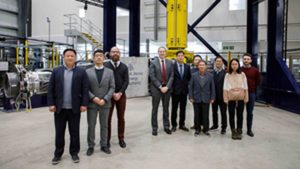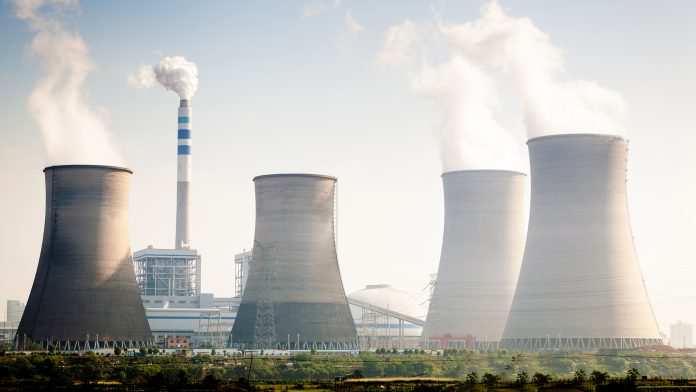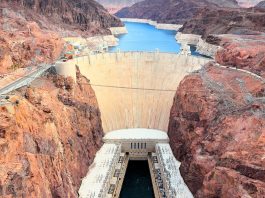The UK and South Korea have joined forces in a quest to make fusion power part of the world’s future energy supply.
The two countries, represented by the United Kingdom Atomic Energy Authority (UKAEA) and the Korea Institute of Fusion Energy (KFE), have signed a memorandum of understanding (MOU) to partner in research and development for remote handling and the maintenance of future fusion power plants.
The agreement supports an alliance between the UK and South Korean government-funded organisations, with UKAEA and KFE specialising in the quest to make fusion energy part of the world’s future energy supply.
The partnership commenced last week after KFE researchers visited UKAEA’s campus near Oxford. This involved a tour of the record-breaking Joint European Torus (JET) facility and UKAEA’s world-class robotics centre, RACE (Remote Applications in Challenging Environments).
The research is integral to the success of the world’s largest power plant
Research from both organisations is critical to the success of ITER – the largest international fusion programme being built in the south of France – in addition to future fusion power plants.
UKAEA’s JET has been configured to replicate the anticipated ITER set-up and is maintained using robotics and remote handling. KFE operates KSTAR (Korean Superconducting Tokamak Advanced Research), the only tokamak machine using superconducting technology like ITER. Both organisations require knowledge of remote maintenance.
Since opening at Culham in 2016, UKAEA’s fusion robotics centre, RACE, has conducted research and development into the use of robotics in extreme industrial environments where it is difficult to send people to work. It also supports companies in developing their own autonomous systems. This helps the UK Government’s Robotics & Autonomous Systems strategy, which aims to equip the UK to compete in this emerging global industry.
What does the MOU focus on?
The MOU focuses on cooperating on various research and development areas for fusion power maintenance to exchange ideas, information, skills, and techniques.

“Fusion could be transformative for energy security and is important in the global fight against climate change. The groundbreaking research and innovation being carried out in the UK and with our partners across the globe aim to make fusion power a reality,” said Professor Sir Ian Chapman, CEO of UKAEA.
“We welcome KFE to UKAEA’s Culham Campus and look forward to an evolving partnership driven by a shared quest to make fusion part of the world’s future energy supply.”
KFE’s President, Dr Suk Jae Yoo, added: “We are thrilled to be teaming up with UKAEA, who are at the forefront of the challenge to demonstrate fusion energy on earth. While UKAEA researchers have vast knowledge in developing robot arms for fusion maintenance, KFE researchers bring extensive expertise gained from constructing and operating the KSTAR.”
Yoo continued: “The collaboration between the two institutions will create a synergy in developing remote control systems for fusion demonstration machines. I hope this partnership leads to further collaborations in key research areas, advancing the development of fusion energy.”
As part of the agreement between UKAEA and KFE, the MOU will see risk-driven research and development prioritisation, knowledge sharing involving welding, large-scale tendon-driven arm operations, the development of robust electronic components, and skills transfer.
The technical and knowledge exchange will happen via lectures, seminars, and workshops in both countries. This will also include training placements for KFE.









